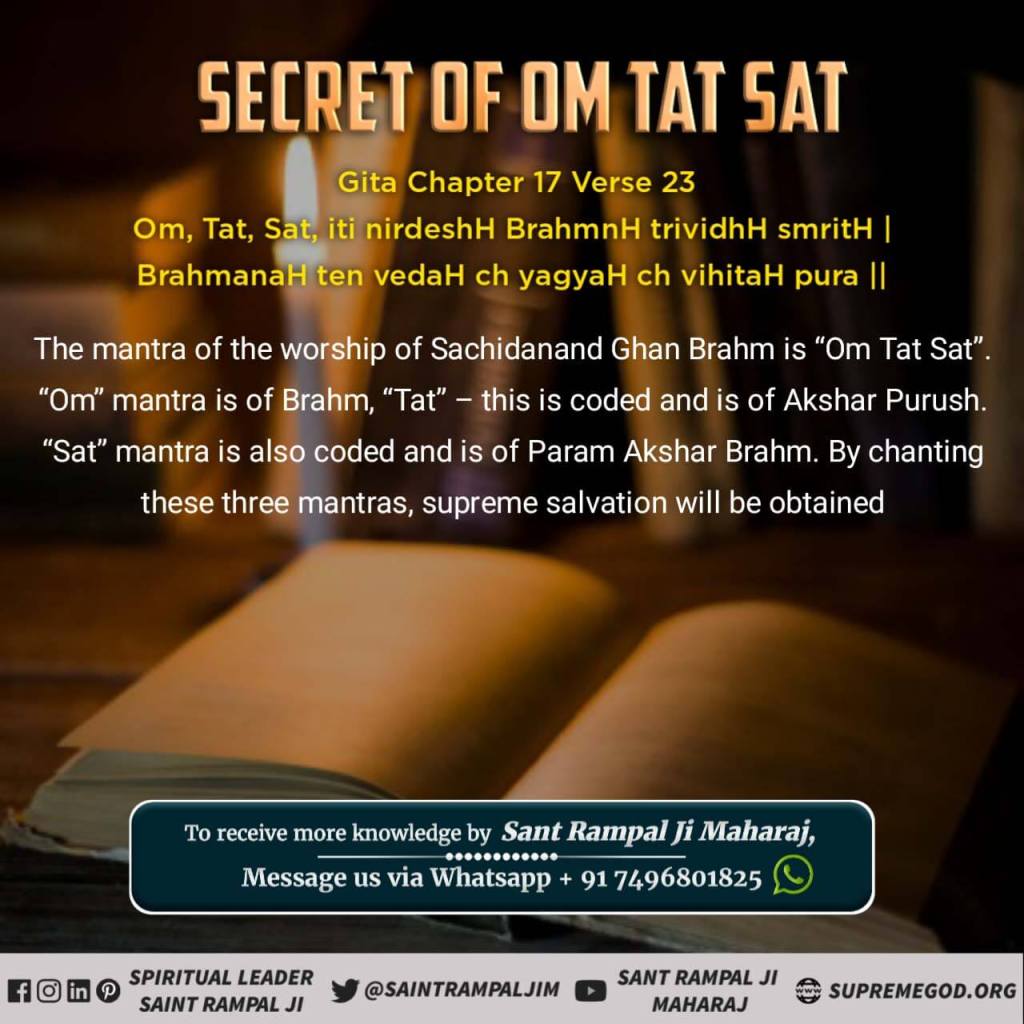


SAT test reagents have in their composition a zirconium salt that binds saliva phosphates, avoiding phosphates’ interference in the Fe 3+ reducing reaction and therefore enabling an accurate and repeatable assessment of the reducing capacity of saliva. The overestimation of saliva antioxidant capacity can be addressed by using the right amount of zirconium salts that have the ability to bind to phosphates, without causing their precipitation. It has been demonstrated that phosphates in saliva may overestimate the antioxidant capacity of saliva and create erratic results due to their high concentration variability.Īmong mineral complexes, phosphates are the only capable to bind iron and interfere with antioxidant capacity measurements and could lead to an overestimation of the saliva antioxidant capacity and misleading results. The measurement of saliva antioxidant capacity is influenced by many factors and variables, such as diet, physical activity, presence of chronic diseases, genetics and phosphates content. SAT test is the only commercially available test for saliva antioxidant capacity assessment and it is an innovative substitute to the commonly used blood tests for the assessment of antioxidant capacity in biological systems. SAT test provides valuable information about the antioxidant status in oral cavity in healthy subjects, as a mean to identify redox imbalances and to prevent development of oxidative stress, as well as in subjects diagnosed with oxidative stress-related diseases of the oral cavity such as periodontal diseases, as a mean to monitor the efficacy of the therapeutic approach.Īs a mean of prevention, SAT test may be routinely performed on all clinically asymptomatic subjects that are exposed to factors able to reduce physiological antioxidant saliva defenses such as polluted environment, radiation, unbalanced diet, smoking or chronic inflammatory diseases with reduced absorption of nutrients. A main advantage of saliva testing is that sample collection is simple and non-invasive.

Saliva is considered functionally equivalent to blood in reflecting the physiological states of the body and its hormonal, nutritional and metabolic variations. Values higher than 2,500 µmol/L indicate a possible inflammatory process underway. Values lower than 1,000 µmol/L indicate a reduced biological antioxidant capacity that is supportive of the development of microbial biofilm, plaque and cavities and require clinical attention. Preliminary data from healthy subjects indicate that normal value for SAT test is between 1,000 and 2,000 µmol/L of ascorbic acid. īy photometrically assessing the intensity of discoloration, the amount of reduced ferric ions can be adequately evaluated, thus allowing an effective measurement of reducing ability or antioxidant capacity of tested saliva. FeCl 2 is the ferrous chloride obtained by the reducing activity of SB (e-).SB(e-) is a molecule of saliva barrier with reducing/electron giving/antioxidant activity against ferric ions.FeCl 3 – AT (colored) is the colored complex of ferric chloride with thiocyanate.AT (uncolored) is chromogenic mixture containing thiocyanate (uncolored).FeCl3 – AT(colored) + SB(e-) = FeCl2 + AT (uncolored) + SB.FeCl3 + AT (uncolored) = FeCl3 – AT(colored).After only 1minute of reading time at 37C, the solution will change the color and the intensity of this chromatic change will be directly proportional with the saliva ability to reduce the ferric ions to ferrous ions, according to these reactions: SAT test follows the same principle as PAT test, where a small amount of saliva (10 µl) is added to a colored solution, obtained by mixing a source of ferric ions (Reagent R2 – FeCl3 ferric chloride) with a chromogen (Reagent R1 – chromogenic mixture containing thiocyanate). SAT test is commercially available as SAT50 kit – kit made of 50 individual SAT tests SAT test is designed to be performed exclusively on the dedicated spectrophotometers FRAS5 and MiniSAT. Umberto Cornelli of Loyola University Medical School of Chicago and it incorporates significant biochemical and technological improvements, by reducing the interference of saliva phosphates in determination of saliva antioxidant capacity and by reducing the processing time to only 1 minute. Ferric to ferrous ion reduction causes a color change that can be photometrical assessed by using the integrated analytical devices FRAS5 and MiniSAT. SAT test is an automated test designed to assess the antioxidant capacity of saliva by measuring its ferric reducing ability.


 0 kommentar(er)
0 kommentar(er)
